I'm using the local_binary_pattern from skimage.feature with uniform mode like this:
>>> from skimage.feature import local_binary_pattern
>>> lbp_image=local_binary_pattern(some_grayscale_image,8,2,method='uniform')
>>> histogram=scipy.stats.itemfreq(lbp_image)
>>> print histogram
[[ 0.00000000e+00 1.57210000e+04]
[ 1.00000000e+00 1.86520000e+04]
[ 2.00000000e+00 2.38530000e+04]
[ 3.00000000e+00 3.23200000e+04]
[ 4.00000000e+00 3.93960000e+04]
[ 5.00000000e+00 3.13570000e+04]
[ 6.00000000e+00 2.19800000e+04]
[ 7.00000000e+00 2.46530000e+04]
[ 8.00000000e+00 2.76230000e+04]
[ 9.00000000e+00 4.88030000e+04]]
As I'm taking 8 pixels in the neighborhood, it's expected to obtain 59 different LBP codes (because the uniform method), but instead it gives me only 9 different LBP codes. More generally, always return P+1 labels (where P is the number of neighbors).
It's another kind of uniform method, or I'm misunderstanding something?
